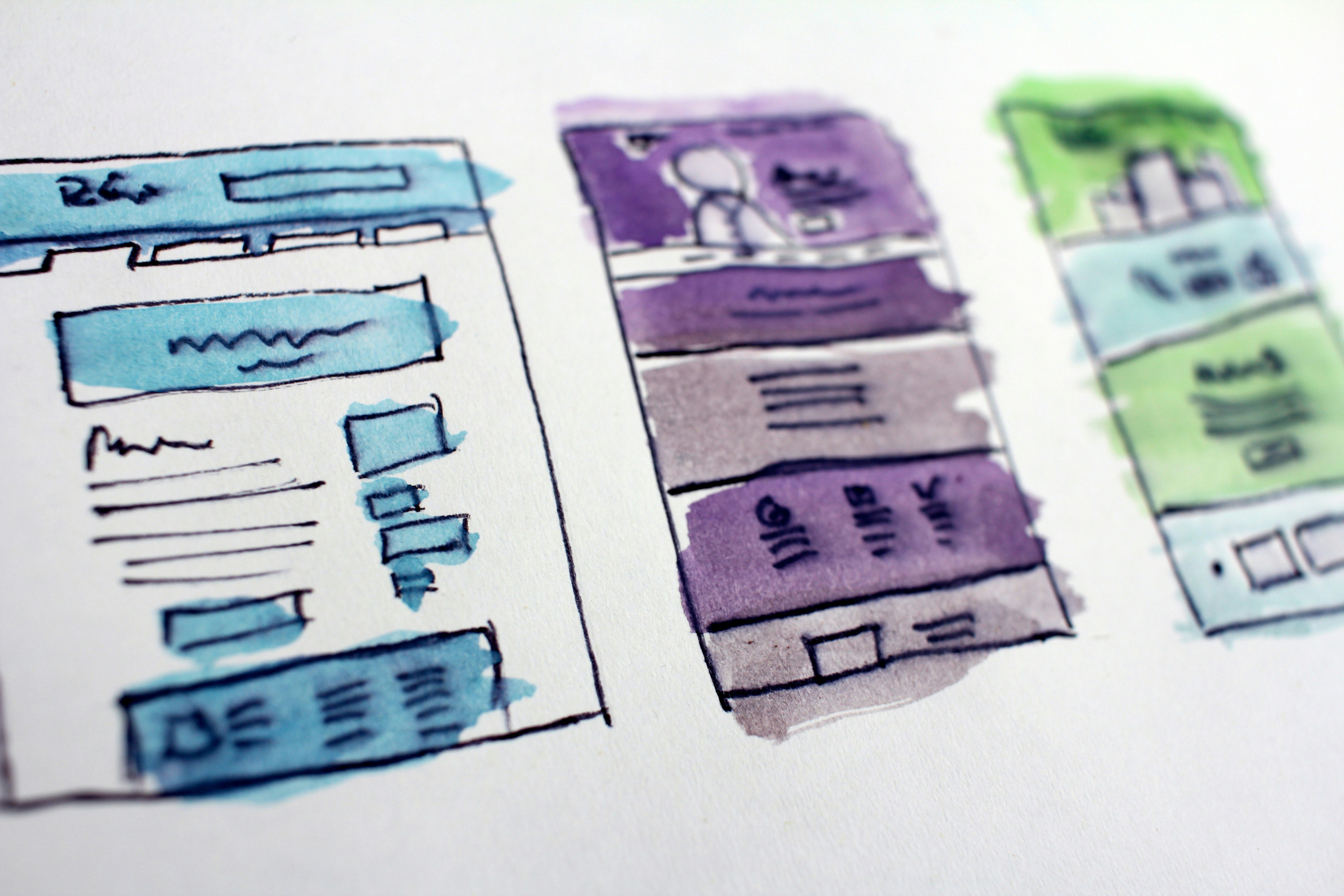Creating Websites Everyone Can Access with Web Accessibility

Author
CEO Jang Jun-ha
At the heart of today's digital landscape is the goal of creating 'websites for everyone.' One of the key elements in achieving this is 'Web Accessibility.' Web Accessibility ensures that all users can perceive, understand, and use web content equally, regardless of disabilities. This article aims to delve deeply into the essential meaning and significance of web accessibility and explore concrete methods that can be applied to real web environments.
1. Definition of Web Accessibility: A Promise for Digital Inclusion
Web Accessibility ensures that everyone, including users with various types of disabilities—such as visual, auditory, physical, learning, and cognitive disabilities—as well as the elderly and those with temporary limitations, can smoothly access and use the information and functions of a website. It goes beyond mere technical implementation, bridging the information gap and ensuring the crucial right for anyone to enjoy the benefits of the digital world equally.
2. Why is Web Accessibility Important?: Value Beyond Mere Obligation
Beyond meeting legal compliance, web accessibility is a core philosophy of User-Centered Design (UCD), which respects all users and considers their needs. Websites with high accessibility provide enhanced usability not only for users with disabilities but also for those in noisy environments who need to access audio content, those with temporary limitations who find using a mouse difficult, or users unfamiliar with digital devices. Ultimately, web accessibility enriches the user experience (UX) for all users and contributes to elevating the quality of a website to a higher level.
3. Practical Methods to Enhance Web Accessibility
Some key methodologies to apply web accessibility effectively to real websites include:
Providing Alternative Text: Offer concise and clear alternative text (alt attribute) for all meaningful images to help screen reader users understand the content and context of the images.
Ensuring Keyboard Accessibility: Implement logical navigation order and focus indicators so that all functions of a website (links, buttons, form controls, etc.) can be accessed and operated by keyboard alone for users who cannot use or find it inconvenient to use a mouse.
Clear Structuring of Content: Use HTML semantic tags (e.g.,
<header>,<nav>,<main>,<article>,<footer>) and heading tags (<h1>~<h6>) appropriately to clearly convey the hierarchical structure of content. This helps users quickly grasp the page’s content and navigate easily to desired information.Ensuring Sufficient Color Contrast: Provide adequate luminance contrast between text and background, allowing users with low vision or color vision deficiency to easily perceive and read the content. (Recommended WCAG AA standard is a contrast ratio of at least 4.5:1 for text content and 3:1 for large text)
Accessibility of Multimedia Content: Provide captions (Closed Captions) or transcripts for video content and scripts for audio content to support understanding for users with hearing disabilities or those who need to consume content without sound.
4. Global Standard: Web Content Accessibility Guidelines (WCAG)
The most widely recognized international standard for implementing web accessibility is the 'Web Content Accessibility Guidelines (WCAG)' developed by the World Wide Web Consortium (W3C)'s Web Accessibility Initiative (WAI). WCAG provides clear recommendations and success criteria for web developers and designers to follow, based on four key principles (POUR principles): Perceivable, Operable, Understandable, and Robust. These are presented in different grades (A, AA, AAA) to provide a roadmap for building a more inclusive web environment.
5. The Various Benefits of Improving Web Accessibility
Improving web accessibility provides benefits beyond those to specific user groups, creating diverse positive effects for businesses and society as a whole:
Expanding the User Base: By enabling a wider range of users to access the website, potential customer base is expanded.
Enhancing Search Engine Optimization (SEO): Well-structured content and accessibility elements like alternative text help search engines crawl and index the website more effectively, contributing to improved SEO rankings.
Enhancing Corporate Image: Builds a positive image as a company fulfilling social responsibilities and realizing inclusive values.
Reducing Legal Risk: Compliance with web accessibility laws, which are enforced in many countries, reduces the risk of legal disputes.
Enhancing Overall Usability: Design considerations for accessibility increase ease of use for all users, potentially reducing bounce rates and increasing conversion rates.
Steps Toward a Digitally Inclusive Society
In conclusion, web accessibility is essential for creating an inclusive digital society where no one is excluded from information and services, going beyond a mere technical challenge. Enhancing user experience and providing opportunities to connect with a wider world through web accessibility is an important value that all web professionals and companies should pursue today. DQ*SO Corporation also aims to contribute to creating an open web environment for all based on this value.
If you wish to experience value beyond just project success, contact DQ*SO Corporation now to turn your vision into reality.
Thank you for reading this lengthy article.





